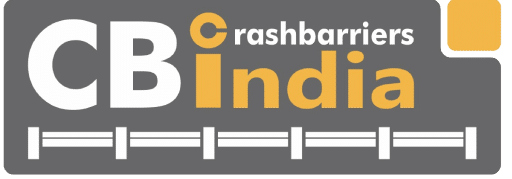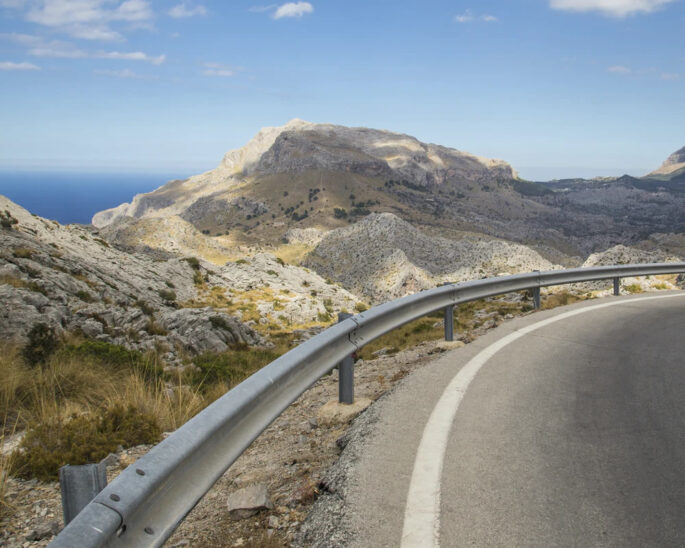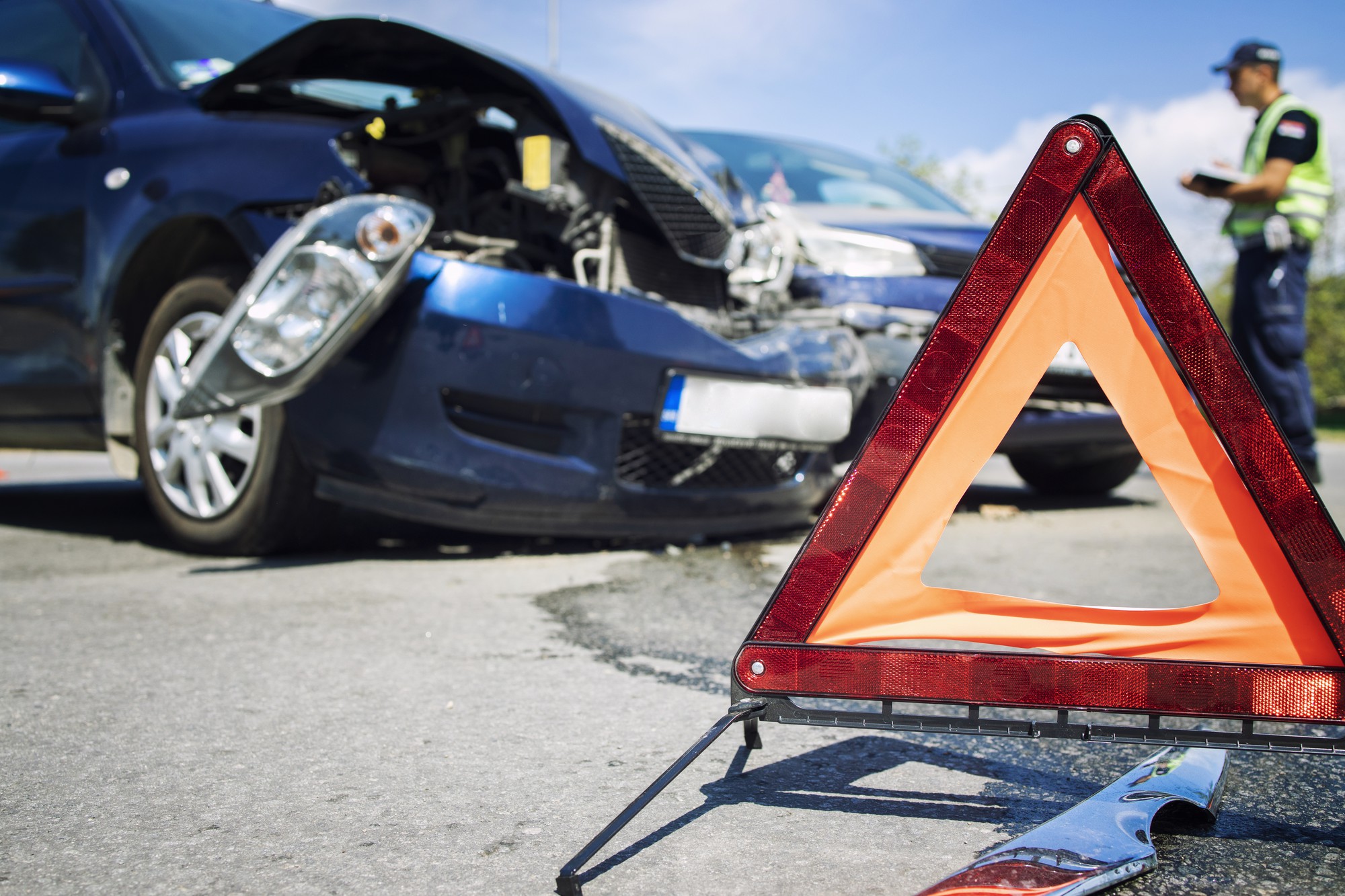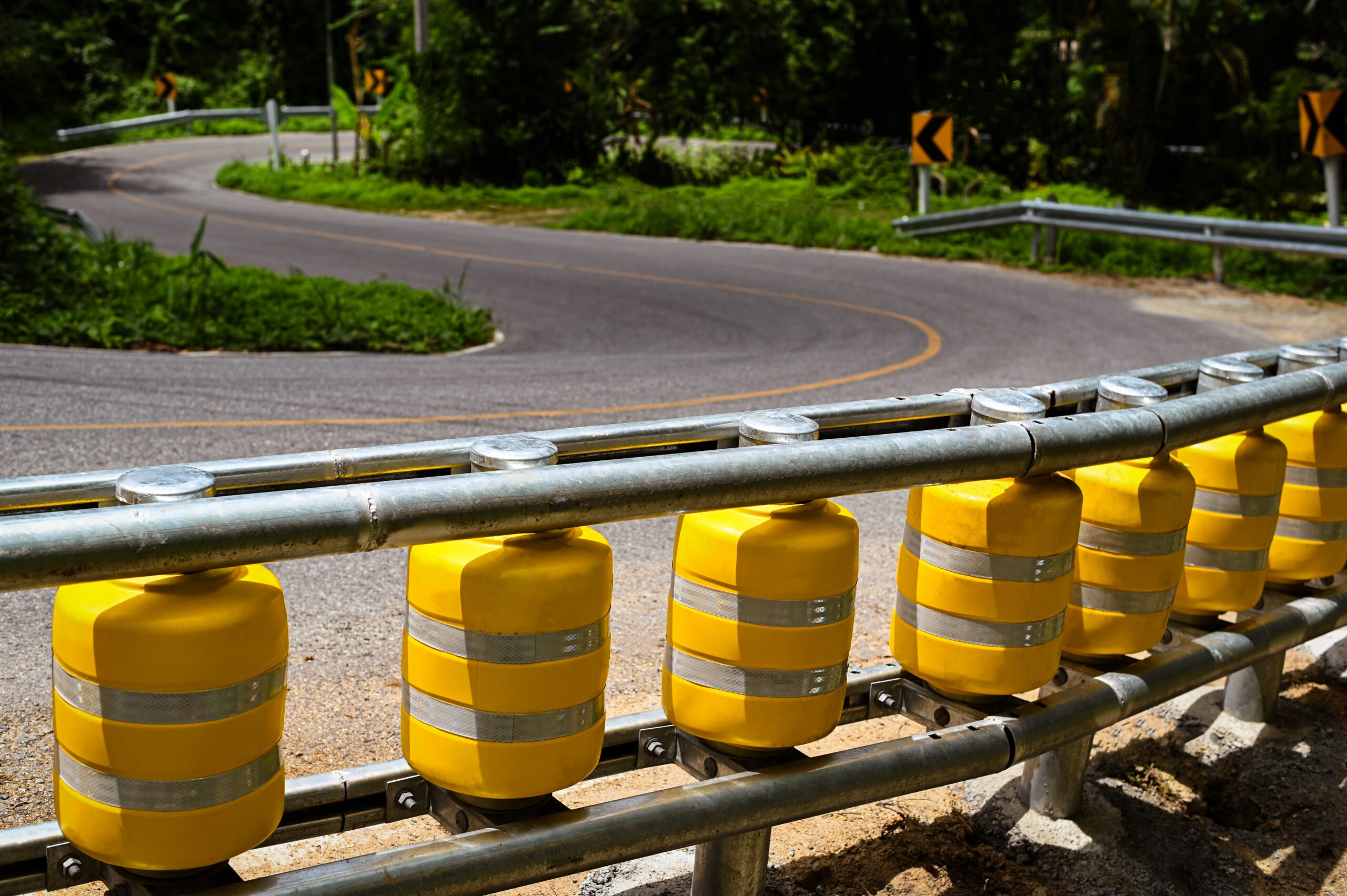Concrete vs. Metal Crash Barriers: Which Offers Better Protection?
Crash barriers your guardian from severe crashes
You must have seen crash barriers by roadsides or on intersections so that drivers don’t abruptly get in opposite lanes. These barriers are made to use on roads, prevent people from joining in opposite lanes and also save them during accidents. They come in different variations like metal barriers, concrete barriers, plastic barriers, rope barriers and hybrid barriers.
Each barrier serves a different purpose and is suitable for particular situations. Concrete barriers are more durable but are not suited for each area while metal one’s are flexible but have less resistance impact and plastic ones are less durable but very cost effective and easy to place. Every barrier has its own shortcomings and I will tell you about which barrier is more suited for your requirements?
Even after reading you are still confused then get in contact with Crashbarriersindia for a detailed counselling.
What are crash barriers and how do they work??
Crash barriers come in different forms and anyone travelling on roads must have seen these barriers in one form or the other. We tend to ignore them in our daily lives but the reason they are on roads is to save us and our vehicles by minimising the force of the accident or by saving us from idiots which can’t follow traffic rules.
Crash barriers are built in such a way that after suffering from collison they absorb and disperse the force of the impact. After absorbing the impact they decelerate the speed of the passenger thus minimising the severity of the accident on them and act as a life saver.
Advantages of using Crash barrier
- MInimise the damage to vehicles and passengers by a large margin.
- Control the motorists and drivers from changing lanes and thus minimising the traffic
- Prevents accidents in nights as they have reflective visors
- Redirect vehicles and prevent accident if you by mistakenly change lanes
Two major types of Crash barriers
Two types of barriers are mostly used on Indian roads: Metal Beam barrier and Concrete crash barrier. Concrete barriers are famous and used for their rigid structure and strong build while metal Beam barriers are used for their flexibility and easy to install features. Here’s a detailed analysis of both the barriers:
Concrete Crash barriers
These barriers are F shaped barriers. They are made by pouring a concrete layer over a metal rod structure. Their strong shape and ability to sustain even severest crashes is very appreciated by many organisations.
Advantages of Concrete barriers
- Durable – It can sustain even brutal crashes and absorb impacts of most crashes and still survive.
- High strength – Their heavy weight and build which generates more fiction make them stay placed in one spot even after getting hit by large or heavy places.
- Cost effective – As they are quite durable they are more like a one time investment and can sustain for longer times.
- Low deflection – Can stay rooted and stop vehicles from going in other lanes.
Disadvantages of Concrete barriers
- High upfront cost is one problem with them as concrete is quite expensive.
- Repairing – They are not made to be reused and repaired if they get destroyed in some way.
- Increase severity – If impacted on corners then these barriers can increase crash severity by a far margin.
- Unsustainable – These barriers cannot be reused or recycled and pollute the environment if damaged or destroyed.
Metal Beam barriers
These barriers are used for their flexibility. They consist of a W shaped wavy metal structure over a steel post of 30-35 inches height. They can reduce impact and deflect cars easily, saving lots of lives from possible accidents. There are two types of metal barriers W Beam crash barrier and Thrie beam crash barriers.
Advantages of metal Beam barriers
- Low initial cost – These barriers don’t have much initial cost as steel is not that expensive.
- Easy to repair – You can repair these barriers easily and damaged areas can be replaced.
- Sustainable – They can be reused and easily repaired. You can also melt and reuse damaged parts again as barriers or for some other purpose.
- Impact dissipation – They disperse impact better and passengers get more chance to come out alive if needed.
Disadvantages of metal crash barriers
- Deflection – They deflect vehicles and can reduce impact easily but this also make crossovers possible resulting in more damage to the vehicle and possible mortal risk for passengers.
- High maintenance – These barriers require more maintenance and also asks for repairings regularly.
- Corrosion – Metal can be easily corroded so you have to regularly inspect them and replace corroded areas.
Why do you need barriers?
According to statistics barriers have shown a considerable 50 to 90% reduction in collision impact depending on barrier type and angle of impact.
On many Indian highways different barriers have shown considerable results. Their impact over accident reduction cannot be ignored.By reading the below case studies you can see the impact of barriers:
- Hyderabad-bijapur corridor – Along this 118 km stretch of NH-163 Govt. have noticed 38.1% reduction in accidents. These accidents have been lowered after installing Thrie beam and metal beam barriers. With proper infrastructure and lighting it can be increased more.
- Mumbai-Pune Expressway – One of the most advanced and carefully built infrastructure on Indian roads in Mumbai_pune expressway. Many types of barriers and ZFC have been installed on risky corridors of this expressway. After installing crash barriers and rolling barriers we have seen a whooping 52% accident reduction from 2016-2020.
Factors to consider when choosing B/W Metal or concrete crash barrier
| Factors | Metal beam barrier | Concrete barrier |
| Road Type | Highways,Curves,Expressways | City roads, medians, restricted/ under construction sections. |
| Speed limits | High speed roads with 80 or above speed limits for cars | Low to medium speed road up to 80 speed limit |
| Traffic | Low to medium traffic areas | High traffic zones with more intersections |
| Budget and maintenance | Low starting budget but requires more maintenance | High starting budget but does not require maintenance |
| Terrain and environment | For plain and partially hilly areas and long road stretches these are more suited | Suitable for only plain areas and should be used only risk zone and long term construction projects |
| Practical | These are more practical for medium to long term projects. Easy to install but are not suited as temporary barriers | They can be used for either long or short term projects. They can be used as temporary barriers for intersections. |
Conclusion
Government organisations prefer crash barriers for their effective and proven results in reducing accident statistics. These barriers are made to absorb impact and improve survival percentage for passengers. Among both the crash barriers we have talked about in this blog. If your project is large and you have to cover a long distance I would suggest finding a metal beam barrier supplier and use this barrier. But if it’s a small project in a city like Delhi, Mumbai etc then get a concrete barrier and use it. I have told you everything from suitable conditions regarding these barriers. Now, it’s up to you to choose one as per your need.
If you are still conflicted then Contact crashbarriersIndia for a more detailed analysis and explore more options per your requirements.




Add Comment